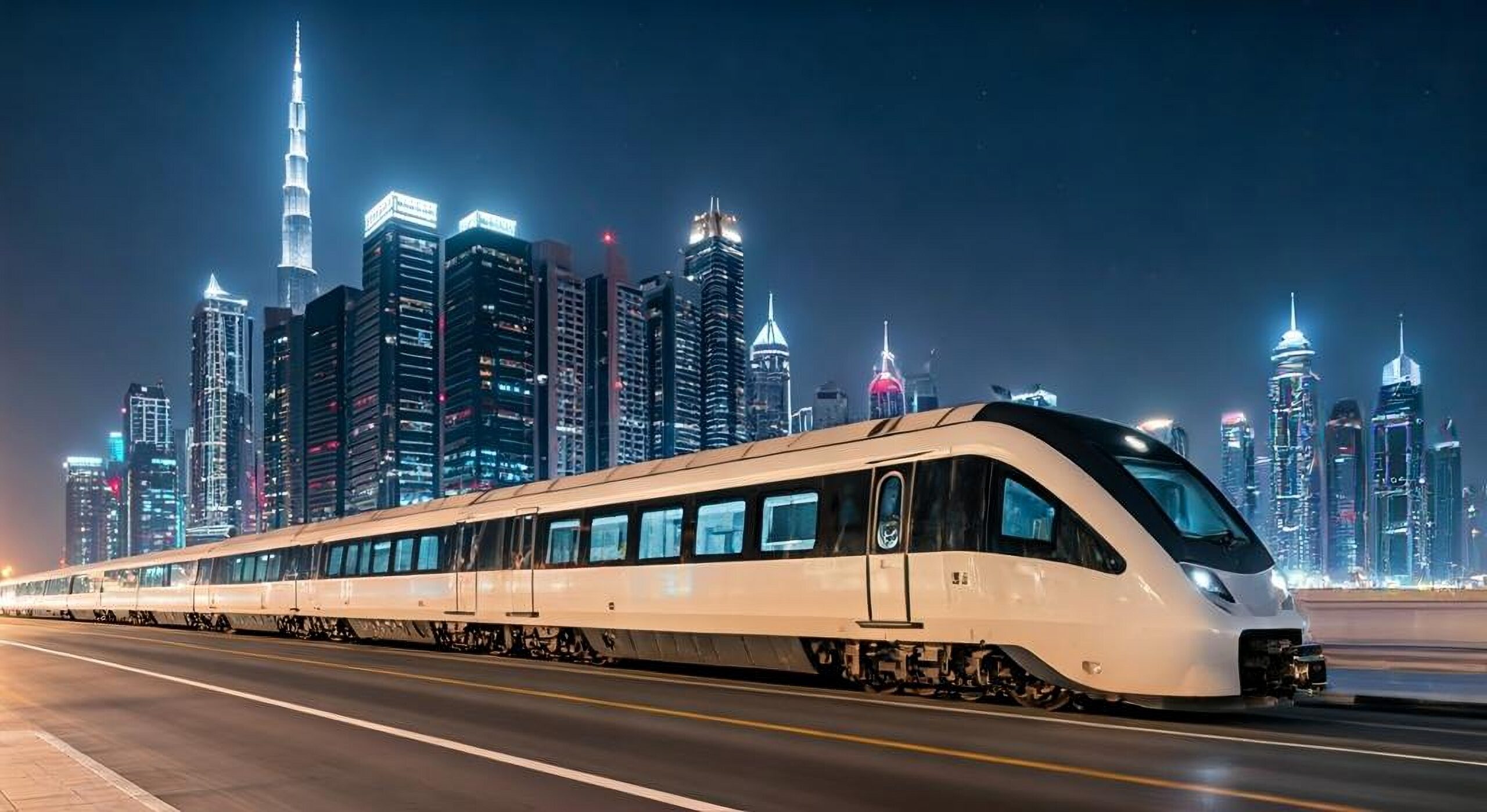Introduction
Dubai’s industrial real estate sector is witnessing unprecedented demand, fueled not only by the rapid expansion of e-commerce but also by Dubai’s robust population growth. In 2024 alone, the emirate’s population rose by about 5.5%, surpassing 4 million residents. This demographic surge, combined with significant infrastructure advancements, has created a booming market for modern warehousing.
Concurrently, major projects like the expansion of Al Maktoum Airport and the development of the Blue Metro Line are enhancing Dubai's logistics capabilities. These factors have led to increased interest in Grade A warehouse spaces, characterized by low vacancy rates and rising rents.
Chestertons, with its 220-year legacy of global property expertise, is uniquely positioned to guide investors through this expanding sector.
Key Drivers of Warehouse Demand
1. E-Commerce Surge and Last-Mile Logistics
The UAE's e-commerce market is projected to reach 9.2 billion USD by 2026, nearly a 92% increase from 2021, doubling in just five years. This rapid growth is creating a pressing need for high-spec warehouses capable of supporting same-day and next-day deliveries while serving as regional distribution hubs.
Hotspot districts:
Jebel Ali Free Zone: Home to over 650 logistics companies from 60+ countries, JAFZA offers 3.85 million square metres of combined logistics facilities. Its direct connectivity to Jebel Ali Port makes it one of the most competitive logistics hubs globally.
Dubai South Strategically located near Al Maktoum International Airport, Dubai South continues to grow as a logistics hub with dedicated free-zone clusters designed for freight forwarding, e-commerce, and distribution.
Investor Takeaway:
Warehouses in these districts are offering higher rents and capturing long-term commitments from multinational retailers and logistics giants, making them prime targets for investors seeking stable, high-yield assets.
2. Automation and Technological Advancements
Automation is transforming the warehousing landscape in Dubai. Companies like Emirates Airlines have implemented cutting-edge automated systems in their cargo facilities, enhancing efficiency and accuracy.
Additionally, global giants like Amazon have pioneered the use of Kiva robots in their warehouses, streamlining operations and reducing human error.
In the realm of sustainable agriculture, vertical farming is gaining traction, with companies like AeroFarms and Plenty leading the way. These advancements are reshaping the logistics landscape in Dubai. Warehouses equipped with these technologies draw in premium tenants and favor long-term leases (warehouse automation).
3. Infrastructure Improvements
Dubai's logistics infrastructure is undergoing major enhancements. These projects are improving connectivity, reducing transit times, and increasing the attractiveness of nearby warehouse locations:
Infrastructure Project | Benefit for Warehousing |
Faster distribution, reduced transit times | |
Increased air cargo handling capacity | |
Optimized maritime operations, faster vessel turnaround | |
Nationwide industrial connectivity, cost-efficient freight |
Overall Impact: Better connectivity and operational efficiency result in higher rents and property values.
4. Investment Trends
Dubai continues to attract domestic and international investment:
● By 2025, regional investors plan to allocate $2 billion to logistics real estate.
● In 2023, logistics made up 44% of leased industrial space, reflecting strong Grade A facility demand.
Sector-wise demand:
Sector | Share of Leased Space |
Manufacturing | 20% |
Logistics | 20% |
Retail & Trading | 15% |
Business Services | 15% |
Source: Industry estimates based on market insights.
Benefits for Landlords
● High Rental Yields: Al Quoz Grade A rents surged approximately 45% in 2024, reaching an estimated AED 65 per square foot (Logistics Middle East, 2024).
● Stable Tenancy: Multinational logistics and e-commerce firms typically sign multi-year leases.
● Capital Appreciation: Proximity to infrastructure upgrades enhances long-term property values.
● ESG Advantages: Energy-efficient and sustainable facilities appeal to environmentally conscious tenants.
Challenges
● Competitive Landscape: Prime locations remain limited.
● Tenant Expectations: Features like automation, sustainability, and flexible layouts are practically non-negotiable.
● Aging Assets: If not upgraded, older properties risk becoming obsolete.
● Market Uncertainties: Changes in regulation or consumer spending may impact occupancy.
Investors should focus on adaptable, strategically located warehouses and work with expert advisors like Chestertons to minimize risks.
Investor strategies
● Integrate automation technologies such as conveyors, pallet shuttles, and robotic storage systems.
● Provide flexible lease terms that accommodate seasonal demand.
● Prioritize sites near ports, airports, and major highways.
● Offer value-added services to boost tenant retention (Construction Week Online).
● Embed sustainable design features to future-proof properties.
Investment Evaluation Checklist
● Is the warehouse location aligned with supply chain needs?
● Free Zone vs. Mainland: licensing, tax, and operational considerations.
● Does the facility offer room for expansion?
● Is the essential infrastructure (power, water, and road connectivity) reliable?
● Does the warehouse support automation and sustainability standards?
Conclusion
Dubai’s warehouse market is evolving into a cornerstone of the emirate’s investment landscape. With demand driven by e-commerce, supported by major infrastructure projects, and strengthened by automation, the sector presents considerable future opportunities.
Investors interested in capitalizing on Dubai's thriving warehouse market should contact Chestertons to learn more about premium, strategically located assets that offer stable, long-term returns.
Originally written by the Chestertons MENA team. Explore more insights on: chestertonsmena.com
For regional industrial real estate insights, visit Chestertons MENA’s Dubai Commercial Real Estate page.


Login
Don't have an account? Sign Up
Sign Up
Already have an account? Log In